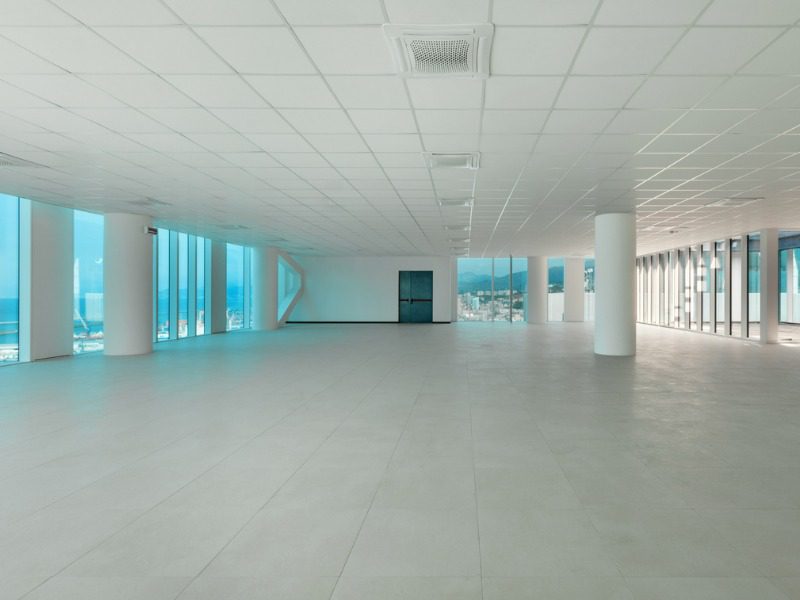How insurance helps when converting office buildings to housing

Canada’s housing crisis has deepened since the start of the COVID-19 pandemic. And when office vacancy rates across Canada topped 17% in 2022 Q4, calls grew louder to convert some of that unused commercial space into residential units.
What’s more, 2021’s Federal Budget allocated $1.3 billion toward creating new rental housing, including the conversion of vacant commercial properties into housing.
Still, such conversions face challenges as developers point out office buildings are built to different codes and that their plumbing, heating and cooling systems may be hard to adapt to individual residential suites.
Conversion process
The good news is there’s not much resistance on the insurance side.
“You’re doing a substantial renovation, so you’re going to move the office building off an operational insurance [policy] onto a construction insurance [policy] for the renovation because they’re going to be so extensive,” said Peter Kennedy, national director, Real Estate Practice at Aon.
“And once the construction is completed, everything is done, then it’s moved back onto a residential operational insurance policy.”
The property ceases to be classified as an office operational asset when it moves under the construction coverage.
“You put it under a construction builder’s risk policy and wrap-up liability policy. And then once it’s completed, you take it off and put it back onto an operational insurance coverage.”
For all practical purposes, the insurance coverage simply follows the financing.
Additional coverages
Beyond coverage for construction and the new residential property, Kennedy said delayed startup coverage is important for any builder’s risk policy.
This coverage helps reduce financial risks in the event project delays mean owners can’t start collecting rental income before construction loan payments come due.
“If the building is supposed to be done Jan. 1, but there’s a loss during construction, and as a consequence you can’t open up until May 1, you buy protection for your lost income that’s a consequence of the insured loss during construction,” he said.
Construction delays are always a major concern. But they became a bigger problem during the pandemic when labour shortages and supply chain impacts on construction materials severely delayed project completions.
“We are encouraging our clients to always take a very close look at your indemnity periods in your policies to make sure that they make sense given the current economic conditions and [materials] supply and labor [availability],” Kennedy said.
“You want to ensure you have appropriate sub-limits, things like expediting and extra expenses, so that you can get materials onto a site quicker than normal to make sure that [any] delay in the completion is on the shortest time frame as possible.”
Any claims for delayed startup coverage would require an owner to present evidence, such as leases that were signed for Jan. 1 but which weren’t being paid on due to the delayed completion.
“That’s part of the claim-settlement process – proving the insured loss caused the delay,” he added, “because there could be other reasons why you didn’t open on time that had nothing to do with the loss.”
Feature image by iStock.com/piovesempre



